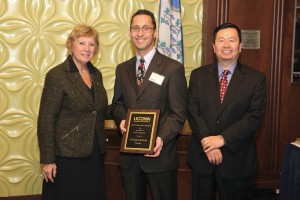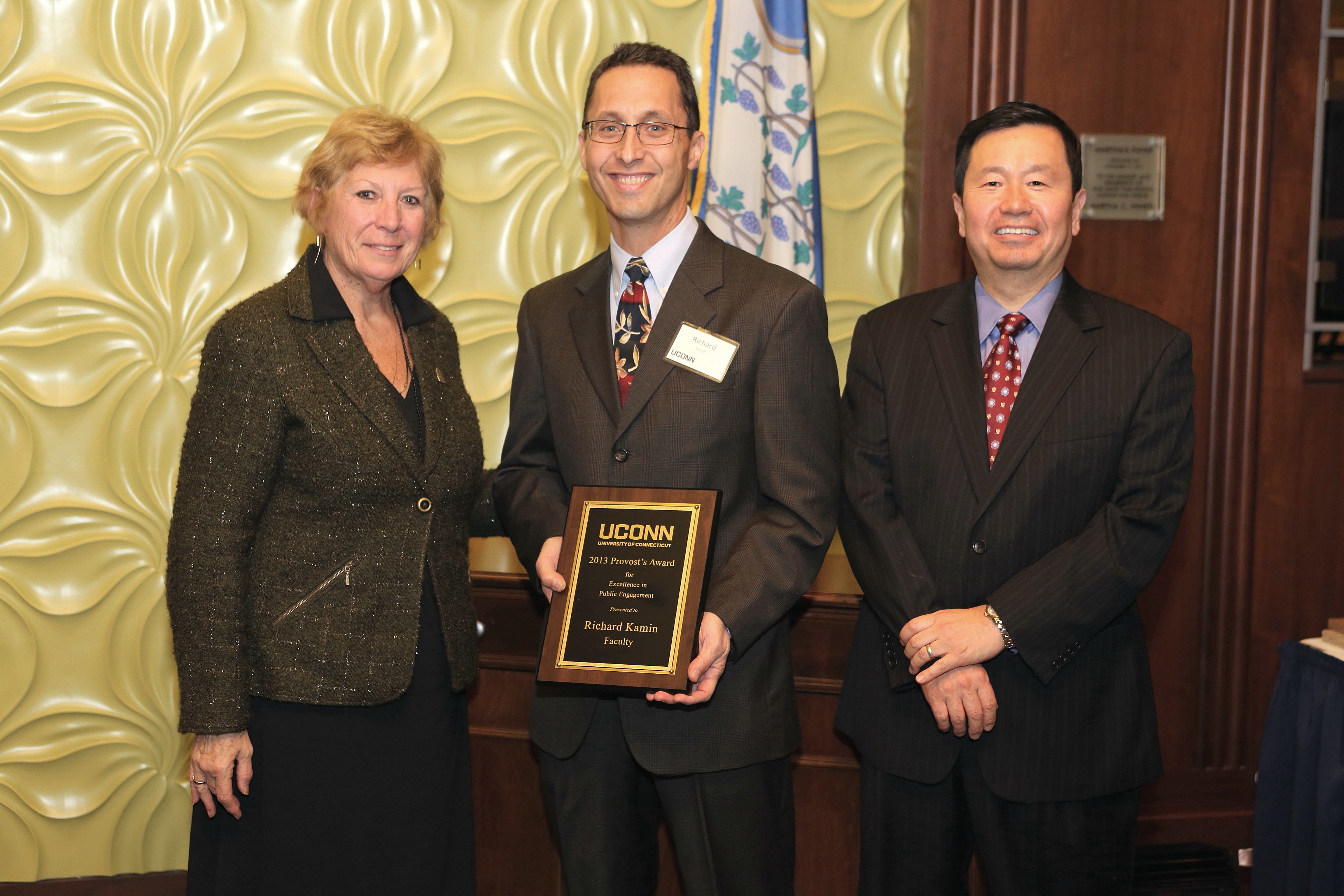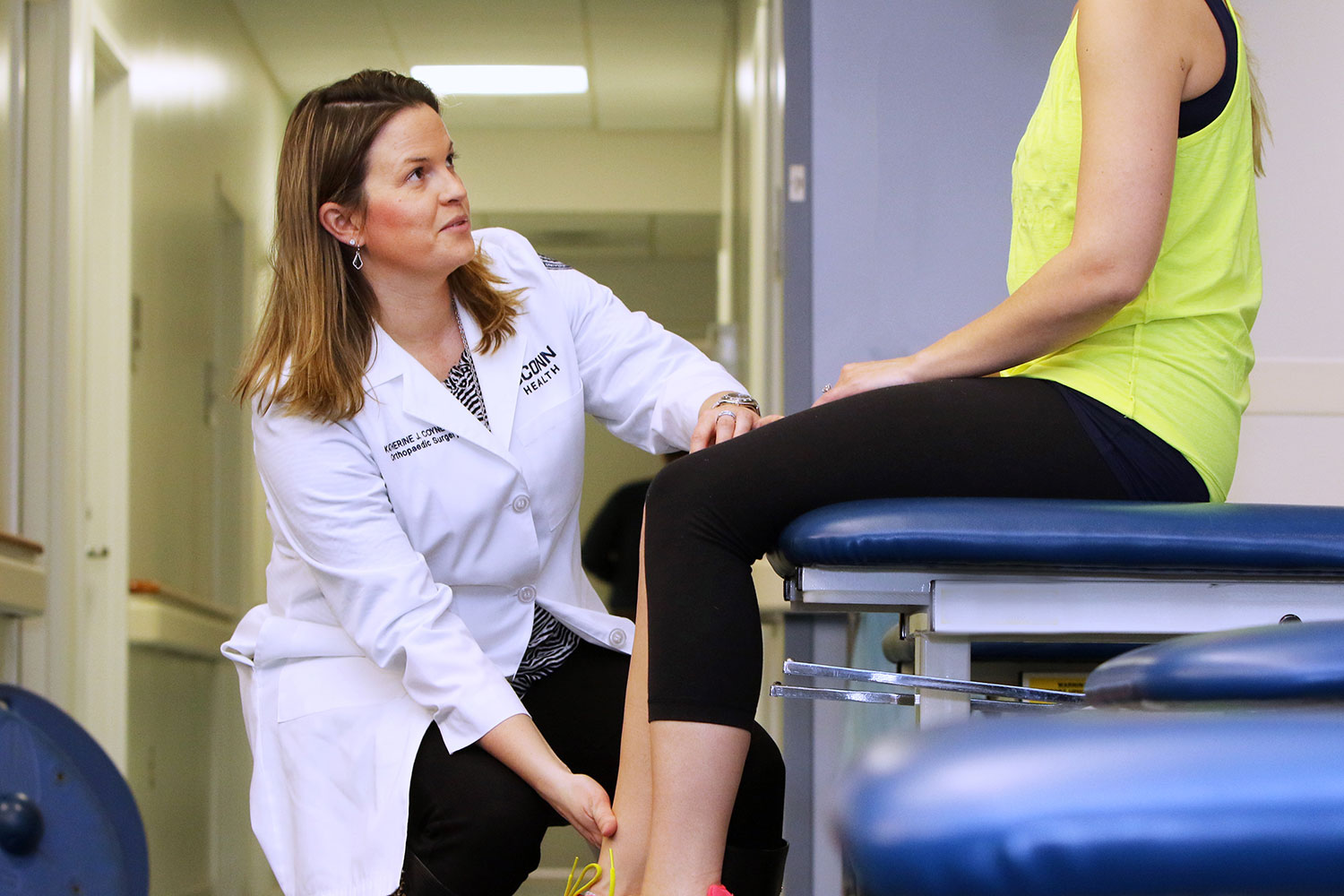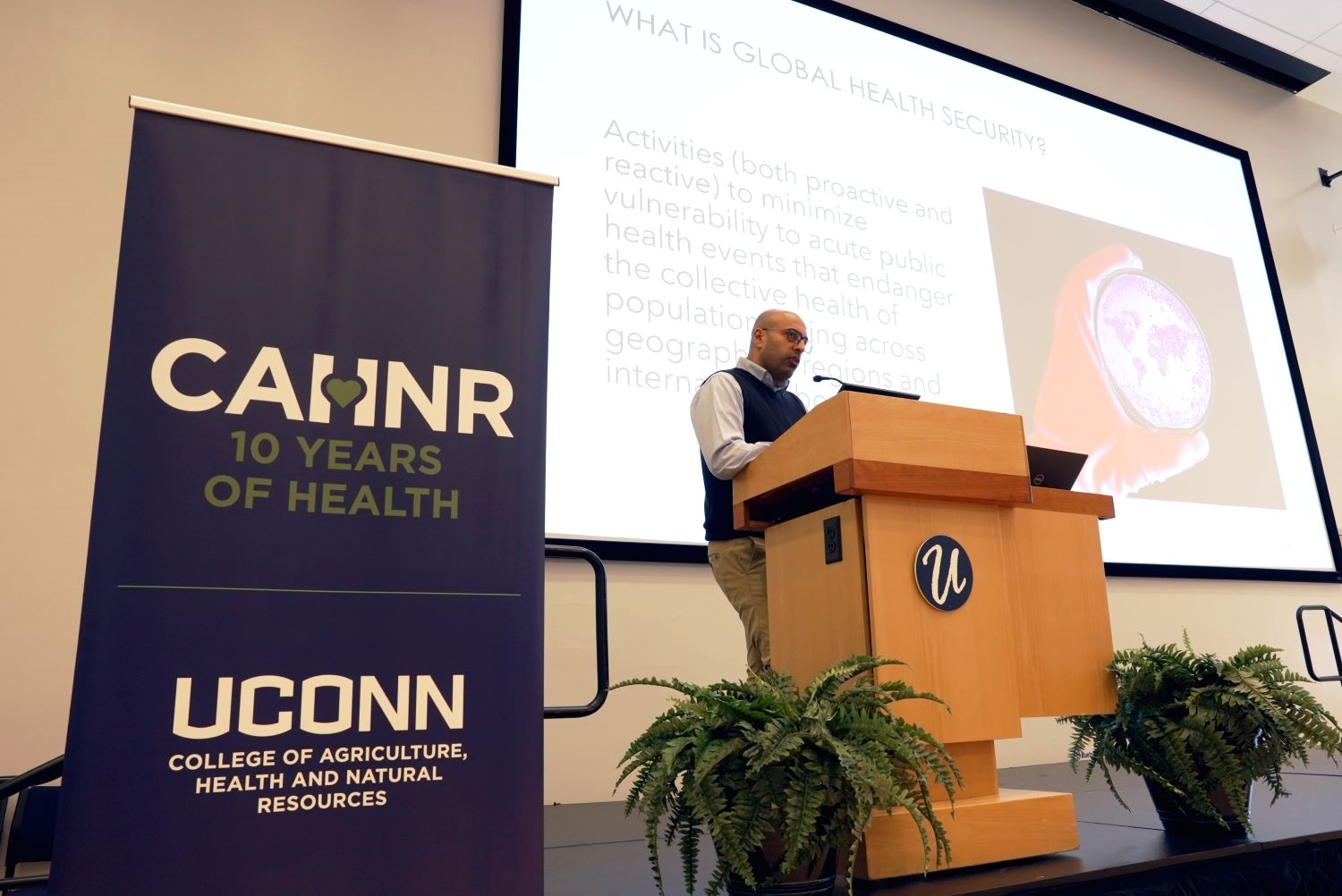
Although being an emergency medicine physician takes an exceptional combination of talent and motivation seen in few professions, Dr. Richard Kamin from in the UConn Health Center Emergency Department won’t claim to be exceptional.
Kamin’s role in the ED includes directing the Health Center’s Emergency Medical Service program, in which he provides medical oversight to ambulance services and providers, including the UConn Fire Department paramedics. In this role, he often rides in the field with paramedics and provides training to regional emergency personnel.
Kamin also serves as the Connecticut Department of Public Health’s EMS medical director and co-chair of the American Heart Association’s Mission Lifeline Hartford Accelerator Project. This group is credited with enhancing the region’s ability to treat heart attack patients and helping establish regional standards of clinical care, benchmarks and improved data collection.
That may seem like a lot, but after all, the nature of the job of emergency medicine physician is such that demands an ability to handle many situations, tasks, and roles simultaneously. But there’s more to tell.
Shortly after joining the UConn Health Center 10 years ago, he became involved in the medical oversight of the Health Center’s tactical rescue team.
“I quickly realized that not only is tactical medical support an interesting and challenging place to practice medicine, it is an opportunity to help some of the people who are obligated with keeping us safe,” Kamin says.
Kamin works closely with regional law enforcement organizations—including the North Central Emergency Services Team, the Connecticut State Police, the New Haven FBI SWAT team, and the West Hartford Police Department—providing care, advice and support to help reduce the risk of injury to those whose jobs can put them in harm’s way. In this role he can be called to a critical incident at any time.
He chairs the American College of Emergency Physicians’ Tactical Emergency Medicine Section and recently was selected to the Committee for Tactical Emergency Casualty Care’s guideline committee.
Kamin also was part of the Hartford Consensus, a group with representation from medical, law enforcement, military, fire and rescue organizations assembled following the Sandy Hook Elementary School shooting. The group came up with a plan for cities and towns to prepare for and respond to mass shootings. Last month the Federal Emergency Management Agency announced new guidelines for active-shooter response based on that plan.
Peter Canning, a paramedic who serves as John Dempsey Hospital’s EMS coordinator, is one who would make the case that Kamin indeed is exceptional.
“While many doctors practice medicine only within the walls of a hospital, Rich Kamin brings it out into the street,” Canning says. “Whether providing as a member of a SWAT team or as a physician in the aftermath of a hurricane or by extension, through his support of training and oversight of paramedics responding to daily emergencies in the street, he has raised the level of care people in our community receive, and we are all better for that.”
UConn’s Office of Public Engagement agrees, selecting him to receive one of its 2013 Provost’s Awards for Excellence in Public Engagement, which recognize those whose actions help address critical societal issues.
“Rich raises us all up, inspires us, and makes us feel a part of an integrated system of care from the street to the hospital that protects our families and communities,” says Canning, who nominated Kamin for the award.
Kamin describes himself as honored but, still, not exceptional.
“While it certainly is an honor to be acknowledged by the University, what I’m truly pleased with is the acknowledgement that the work is honorable,” Kamin says. “I’m not the only one doing it. Many of us are working hard to bring together multiple aspects of patient care and preparedness, to better unify and plan for events we have to become increasingly prepared for—critical incidents that law enforcement, fire and EMS are faced with responding to.”
The University presented Kamin with the award Nov. 20.
Follow the UConn Health Center on Facebook, Twitter and YouTube.



